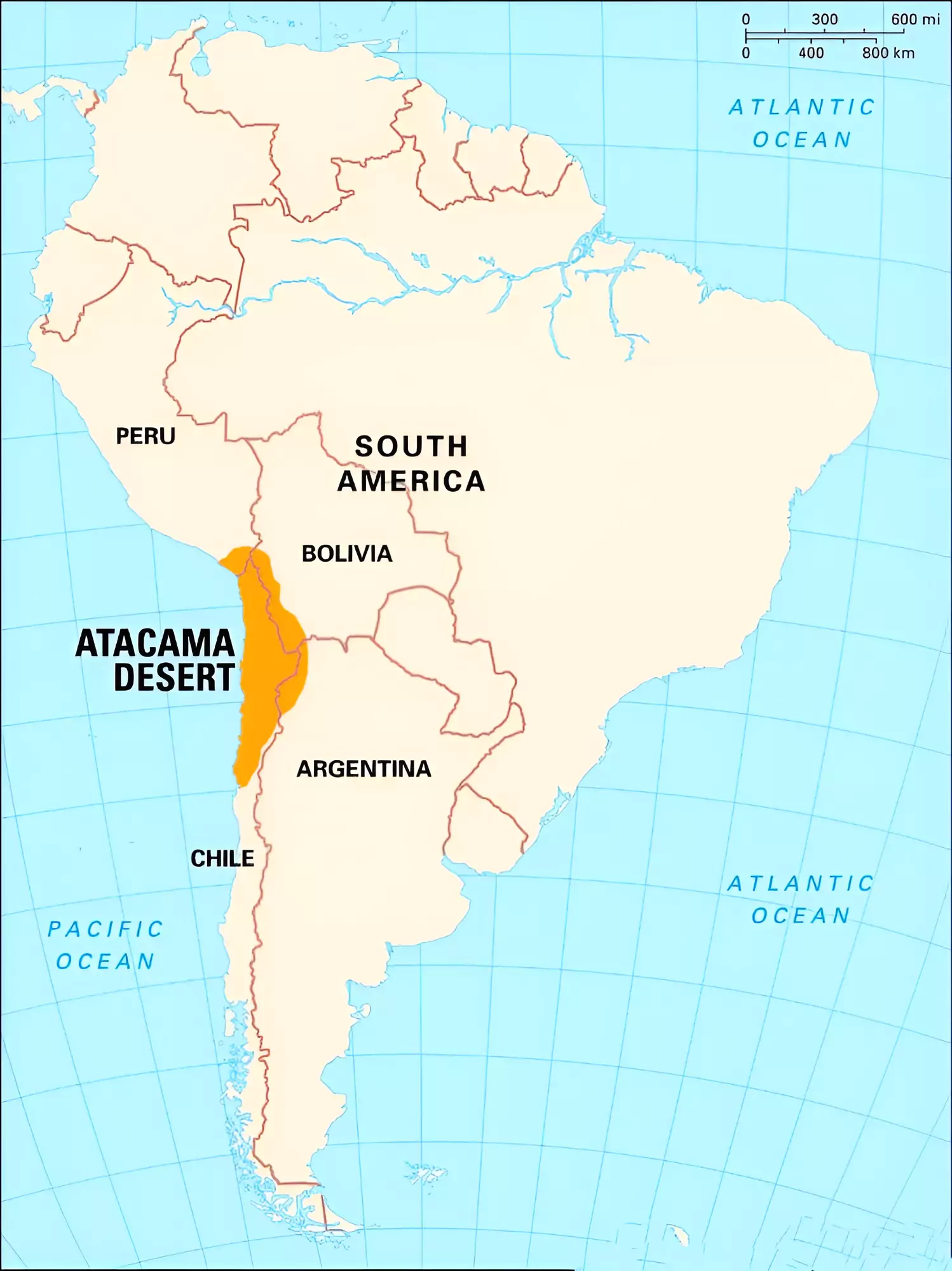![]() 27 Apr 2024
27 Apr 2024
New research has found a rich microbial biosphere buried 13 feet (4 meters) beneath the hot surface of the Atacama Desert in Chile.
| Yungay is the driest, and the most sterile, place on Earth. There is virtually no life on the surface of this region of the Atacama desert, in Chile. |
|---|

| Must Read | |
| NCERT Notes For UPSC | UPSC Daily Current Affairs |
| UPSC Blogs | UPSC Daily Editorials |
| Daily Current Affairs Quiz | Daily Main Answer Writing |
| UPSC Mains Previous Year Papers | UPSC Test Series 2024 |

<div class="new-fform">
</div>
